Dear readers, last week I wrote about my fascination with rivers. This time I’ll make another confession…
I’ve always had an obsession with streetcars. Maybe it’s because I love trains, and streetcars look like trains that happen to crisscross our cities. For that same reason, they are also eco-friendly. Almost silent, inexpensive to build, they don’t pollute like buses and operate along roadway tracks vastly less expensive to install than private right-of-way railroad tracks.
So I was extremely disappointed when I moved to Tokyo and I found out that the once extensive streetcar system had been demolished long ago.
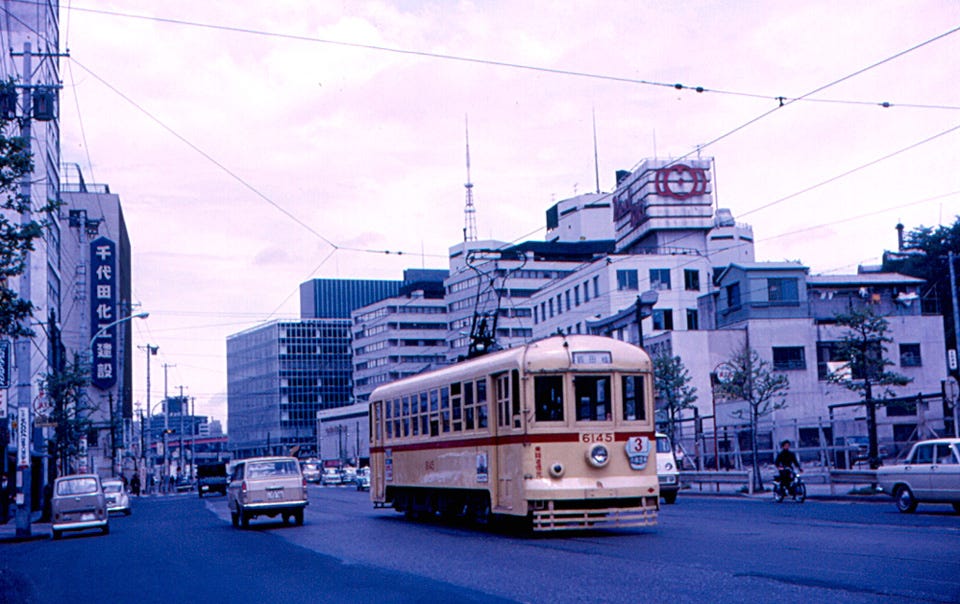
The first tramway in Japan was the Kyoto electric railroad built in 1895. By 1932, there were 82 tram companies in 65 cities, with 1,479 km of track. Tokyo, in particular, had 41 routes with 213 km of track in 1962. It survived both the Great Kanto Earthquake in 1923 and the American bombings in 1945, reaching a peak of more than 600,000 passengers per day in 1955. However, in 1960, with the Olympic Games approaching, the government suddenly decided that the old trams hindered car traffic. Those clumsy cars also clashed with the image of a new, modern Japan. So the government set out to dismantle the system. From 1967 to 1972, 181 km of track were abandoned, replaced by buses, urban and suburban railways, and the subway.
My disappointment partially disappeared when I finally found a line that survived the slaughter, the Toden Arakawa Line. It’s a very peculiar line, to be sure, because even though it’s labeled a streetcar, it rarely ventures into the heavy Tokyo traffic, preferring to use its own segregated right-of-way, like a common train, and cutting through the streets only at one point, thus freeing the trams from red lights and traffic jams. I guess it is closer to a light railway than a classic tram, but there you go.
Even more interestingly, the important thing I noticed the first time I rode the line was that the 50-minute trip connecting Waseda and Minowabashi, the two terminals, took me through some of the more “uncool” districts in northern Tokyo. This area is way off the two main beaten tracks of this labyrinthine metropolis: the ultramodern sub-centers on one side and the traditional neighborhoods (either real or fake) near the Sumida River on the other.
These two urban extremes are respectively the favorite hunting ground of the hip young crowd and those (namely tourists coming from abroad or the countryside) who want to have a taste of Old Tokyo. Up north, on the contrary, nobody goes unless they happen to live or work there.
What I saw on that first ride convinced me to make another trip to the area. But this time I decided to make several stops and follow the tracks on foot to check out what I had only half-seen from the train.
In fact, following the tracks is by no means an easy thing to do because the streetcar often runs very close to the walls of the many houses that crowd the area. I can’t imagine how the people who live there can stand the noise and the vibrations.
In any case, making frequent detours wasn’t a problem because my main goal was to see what was hiding beyond the tracks. In this respect, I wasn’t disappointed.
It felt like a journey in time as if I had stepped into an older, long-gone Tokyo. I kept running into small, family-run factories and tiny little shops, full of dust and strange objects most people don’t even remember how to use.
And trees. That’s a peculiarity that sets a few of the districts served by the tram line apart, in a city that is not very tree-friendly. Per capita, for instance, the Tokyo area devoted to parks is only one-twentieth that of Washington, D.C. and the absolute area is well under that in Philadelphia and only a bit over Detroit – both of them much smaller cities.
After a few stops from the Waseda terminal, I reached Zoshigaya, one of the most fascinating neighborhoods along the line. On the right side of the tracks I found the Zoshigaya cemetery.
I don’t know you, but I love cemeteries. I know it may sound creepy, but I think many of them are charming, and the ones in Tokyo are among the most beautiful and hopefully quiet places you will find in the city. Zoshigaya is no exception. Walking its grass-covered uneven paths, surrounded by trees and the pervasive fragrance of incense, one can easily forget that the huge and ugly Sunshine City high-rise complex sits on the other side of the tracks. Many people say that Zoshigaya’s days are numbered and “progress” is coming. But a diminutive old man I met assured me that as long as he and the other elders in the area are around, gentrification would have to wait.
Speaking of senior citizens, all the city’s northern districts seem to be home to a good number of old people. This part of Tokyo has never been too fashionable. It’s considered too traditional and boring and the pace of life is too slow for the younger generations. Besides, it lacks the status to attract those location-conscious people who think that living in the right place is everything.
The streetcar line in this respect mirrors northern Tokyo’s lack of glamour. Instead of the high-tech subway stations, here you have much simpler affairs: concrete blocks, a wooden bench for three or four people to sit, with no ticket vending machines or ticket gates.
(End of Part 1)
Hey, wait! I’m not finished yet. Just resting my legs and enjoying the cool shade of the trees. You can read Part 2 here.
So now you know that I like rivers and streetcars (and cemeteries. You should see the one near my hometown in Italy). How about you? Are you fascinated or obsessed with something in particular?
What does becoming a paid subscriber mean?
Let’s say that for the cost of a coffee a month, you will support my work and get the full experience.
Also, if you decide to become a paid subscriber, your generosity will be rewarded with a few gifts in the form of free downloadable PDFs.
If you opt for a monthly subscription (USD 5.00) you will get Made of This, a sort of memoir I wrote with Randy Osborne, and Tokyo Calling: Year One, a collection of some of the best essays and interviews I posted in my first year of activity. These two books alone are worth $20.00.
A yearly subscription (USD 50.00) will be worth more:
These four books alone are worth $82.00, so you save $32.00 right off the bat on top of getting full access to my archive.
Special Supporters (USD 100.00 or more - you decide) will get even more: the four above-mentioned books plus:
These seven books are worth $219.00, which means you are saving at least $119.00, probably more.
But wait, I’m not finished yet.
Special Offer!
Until the end of September, I’m offering my most loyal readers a 50% discount on the Special Supporter subscription. In other words, you can pay just USD 51.00 and still get those seven books.
(If you choose this option, click on Special Supporter and manually change the amount of money to $51/year)
Finally, if a paid subscription is not your thing but you still want to show your appreciation for what I do (e.g. a post you particularly enjoyed), you can just make a one-time donation here: paypal.me/giannisimone64





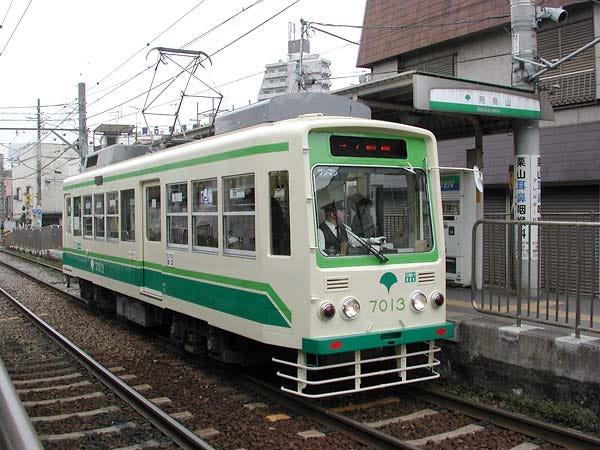

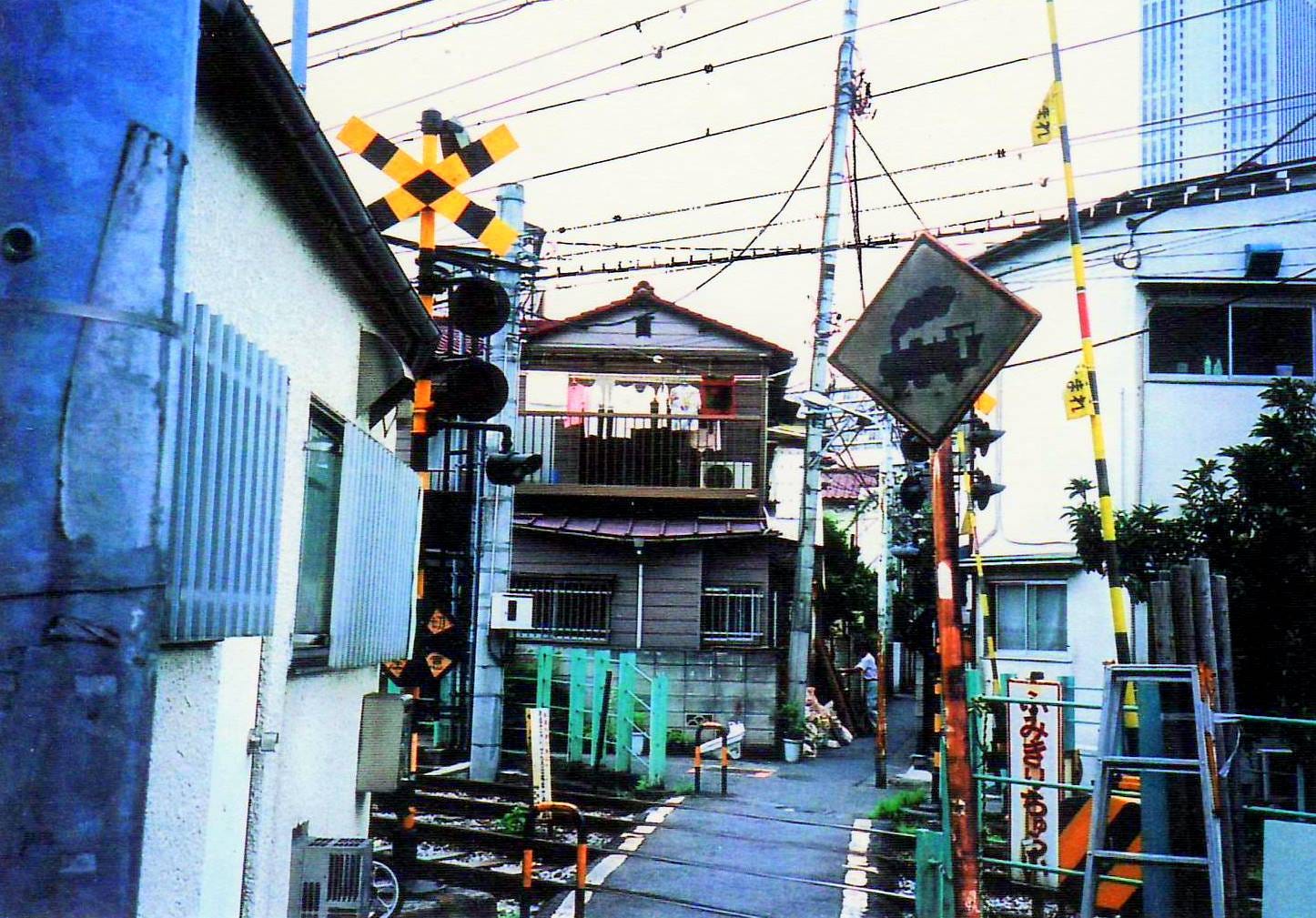


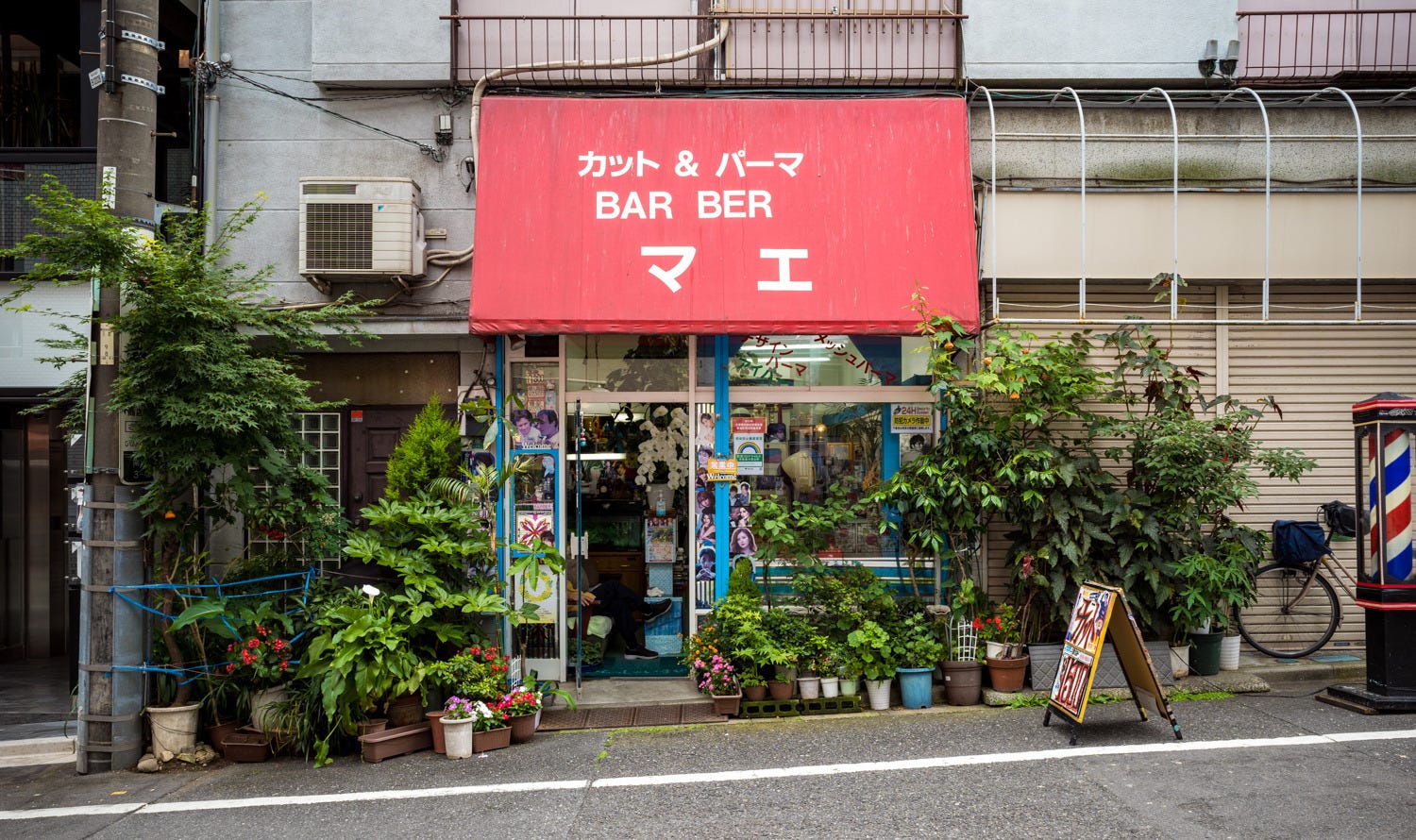



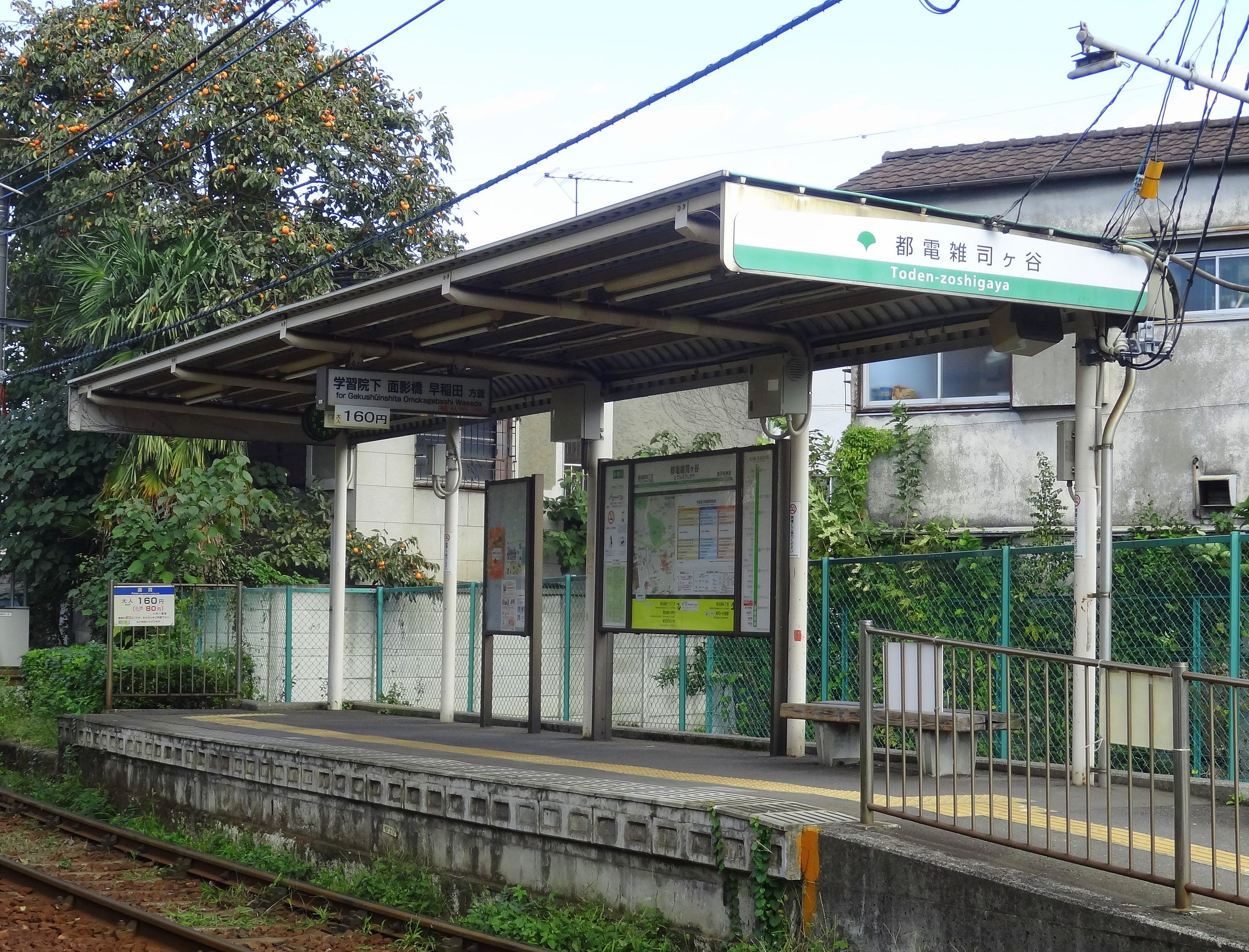
I love the spirit of adventure. That cemetary seems pretty interesting with some western style headstones.
Gianni, I am responding here. I *hope* this goes through. I have a more cohesive response on a hard drive connected to my Windows 7 desktop back at the abode.
*Please* whitelist (can I scribe whitelist anymore?) | approve posts from travel3.pudgym29[at]xoxy.net. Let me in, please. Please.